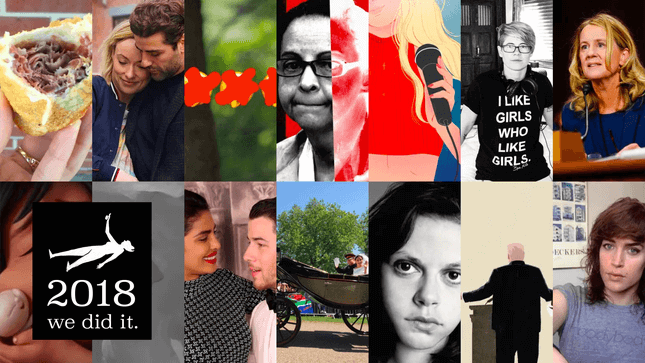

Every year is longer than the one that followed; also, sometimes it is shorter. In 2018, we survived whatever garbage this world threw at us, and like beautiful little raccoons digging through a dumpster, we made the best of it. Here’s what we wrote that we absolutely loved.
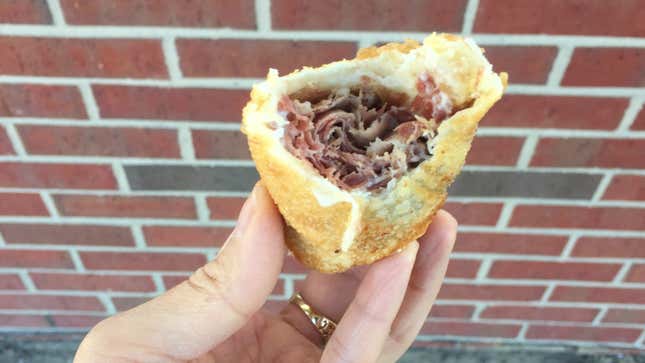
An Ode to the Genius of Immigrant Food
Nothing I wrote this year has brought me as much joy as this ode to a corned beef and cheese egg roll. —Esther Wang

From a Woman: Life Itself Sucks
I don’t have a favorite blog, because I don’t like anything, but I did review a lot of bad movies this year. This was the worst. —Maria Sherman
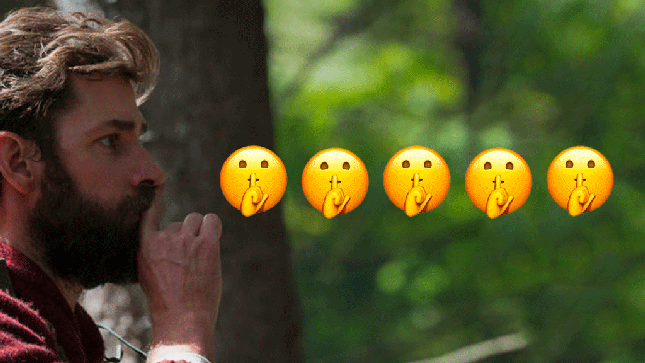
How Long Would the Jezebel Staff last in A Quiet Place?
Is it not clear? The power of choosing people’s fates thrills me. —Clover Hope
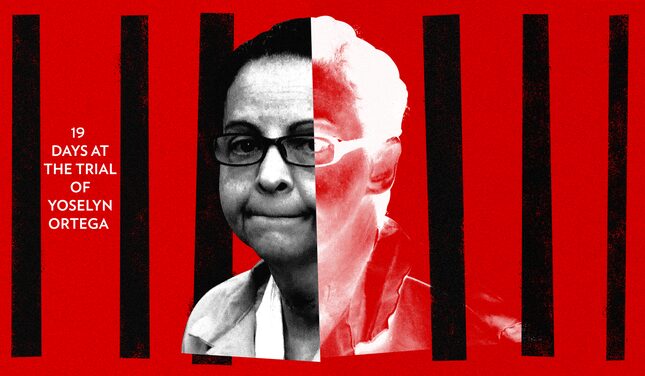
The Mess and the Murders
When people find out I attended the trial of the “killer nanny,” they sometimes express condolences for enduring it. Yes, it was brutal, but my god, was it fascinating. It was a true privilege to get to share what I observed. —Rich Juzwiak
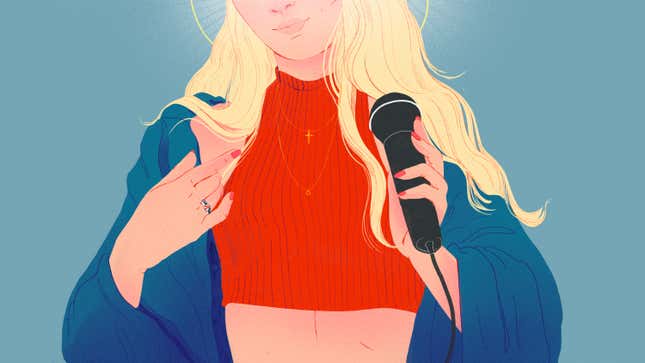
The Rise and Fall of the Pop Star Purity Ring
For years I’ve wondered, what was up with all those celebrities wearing purity rings in the early 2000s? Now I have my answer! —Hazel Cills
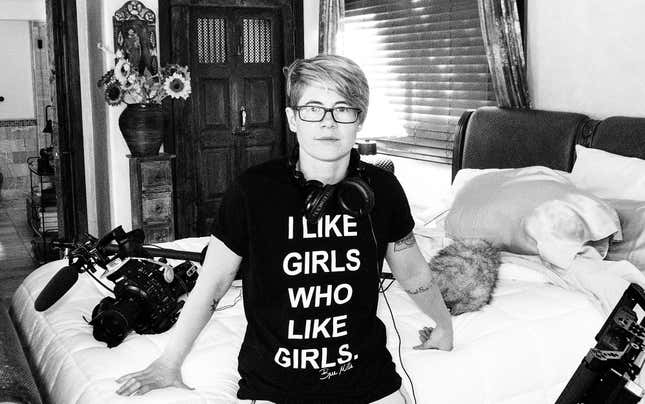
Can a Woman Get Away With Making Fucked Up Faux Incest Porn Like No Man Could?
I love writing a story that turns assumptions—in this case about women porn directors and the nature of the content they create—completely on their head. Similarly, I went into this story expecting to be somewhat traumatized by the experience of reporting from this fauxcest porn shoot. Instead, I found a friendly group of actors with a good sense of humor about—and detachment from—the taboo fantasy they were creating on-camera. —Tracy Clark-Flory
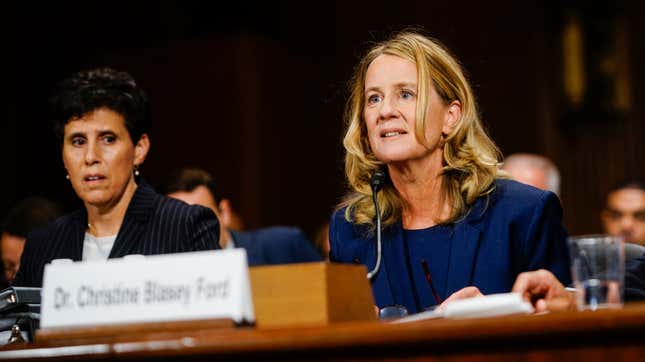
The Annihilation of Christine Blasey Ford
I spent most of 2018 editing, but when I did write, it was usually about violently self-preserving systems and the people, often women, struggling against and surviving them. —Katie McDonough
Bao Is an Emotional Rollercoaster That Made Me Want to Call My Mom
This little ditty I wrote about Bao, filial piety, and the deep guilt I feel about calling or not calling my mother was difficult to write only because I spent the duration of its creation crying quietly and asking my coworkers not to look at me directly as I wept. —Megan Reynolds
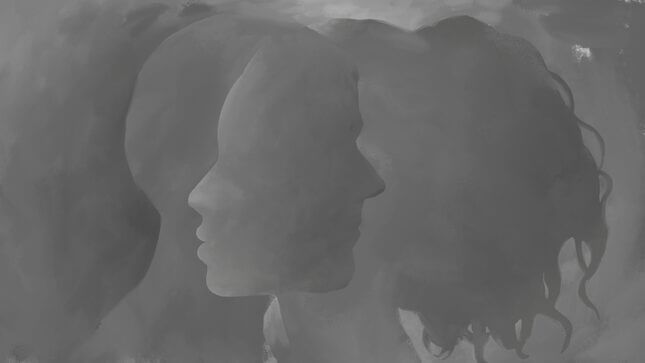
The Next Step for #MeToo Is Into the Gray Areas
Aside from occupying over one full quarter of my year (and more than that of my brain), reporting this piece helped me clarify and galvanize my thinking about my best hopes for #metoo, right around the time we got a barrage of op-eds about whether #metoo had gone too far. —Julianne Escobedo Shepherd
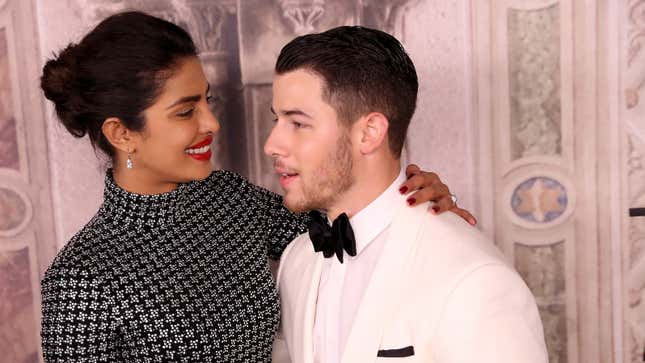
Priyanka Chopra Isn’t a Scammer, She’s Just Way More Famous Than Mainstream American Media Grasps
Like every Indian woman on the planet, I have been watching Priyanka Chopra’s wedding with keen interest. When an offensive essay scoffing at Hindu wedding traditions and alleging that Chopra, one of the most famous people in the world, was a “scam artist” who married Nick Jonas for his status and wealth hit the internet, it stung badly. This is my rant. —Prachi Gupta
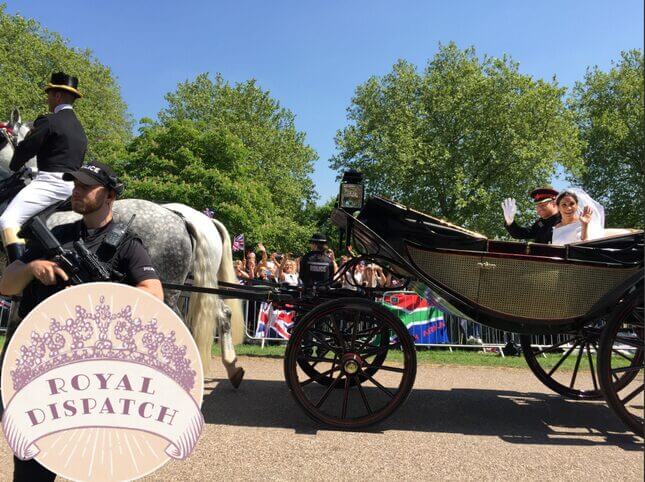
I Camped Out Overnight for This Photo of Harry and Meghan and I Regret Nothing
I flew all the way to England and stayed out all night on a soggy, cold patch of grass for this blog post and I still regret nothing. I’d do it all again except with warmer boots, a proper winter coat, and maybe some of those chemical hand-warmers. —Kelly Faircloth

Dead Girls and Our “Sweet, Quiet” Boys
Though I spent most of the year editing, I wrote this short and grim piece on the relationship between sexism, gendered violence, mass shootings, and the dead girl narrative. It’s not a particularly elegant piece of writing, but the interrelationship between violence and sexism bears constant repetition. —Stassa Edwards
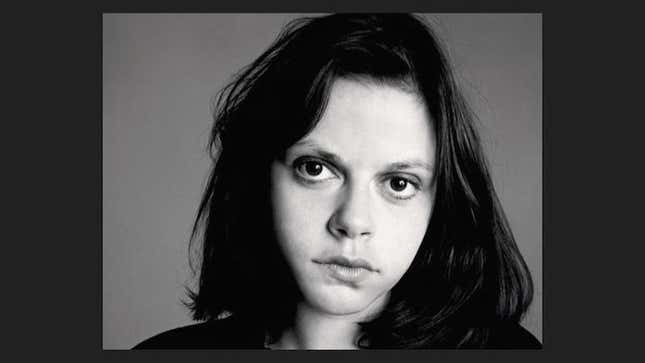
The Cost of Being Joyce Maynard: Twenty Years After A Home in the World
I spent a good chunk of this year thinking about a book I read last year, Joyce Maynard’s At Home in the World, and wondering how her story—how she was shut out from the literary world in the ‘90s for writing a memoir about the so-called affair she had with J.D. Salinger as a teenager—fits into the current political moment, in which many bad men are being successfully outed for the first time. I reached out to her and asked to interview her, eventually setting out to profile her. The process of writing this opened more questions than it answered, including one that I started asking myself when I ended up in a piece of Maynard’s own writing on the same topic: What did Maynard get out of talking to me? —Frida Garza

The Grim Politics of Dead White Women
I’m proud of this piece that I wrote about the racist narrative surrounding the murder of Mollie Tibbetts and her alleged killer, an undocumented immigrant. While the Tibbetts family fought off the racist narrative as best they could, they could only do so much to fight the trope of the black and brown predator that the right—and, notably, President Trump—has a history of upholding. “In Trump’s fantasy, beautiful and innocent white women are the victims of predatory black thugs and brown deviants, and the only thing holding us back from confronting this ill is political correctness, bad policy, and a lack of guts.” —Ashley Reese
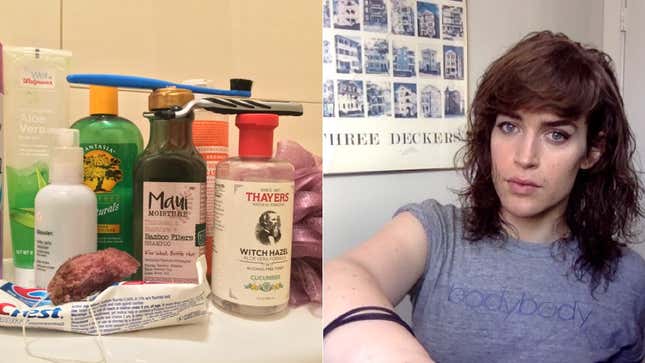
Harron’s 24-Hour Product Diary: All My Goos
There’s this scene towards the end of Sarah Schulman’s Girls, Visions and Everything where the underground artist main characters find out that The Worst Performance Festival, their annual festival of intentionally bad theater, got rave reviews from some of New York’s biggest theater critics—the same critics who’d rarely, if ever, acknowledged their work up until that point. The critics loved the irreverent tone of the festival, especially all the jabs made at their own expense. It seems that in criticizing the critics—i.e., creating work that responded to the mainstream theater world on terms set by the critics and not by the main characters themselves—the artists ended up making work that was legible to the critics, and it’s that legibility that led to their reviews, not the quality of their work. “Isn’t that pathetic? Critics were there and they actually liked us insulting them and telling them they were full of shit,” says Isabel. “After all the good shows we’ve done, I can’t believe we’re getting reviews for that.”
That’s kind of how I feel about my trans-centric Jezebel posts that got a lot of attention this year. I stand by everything I wrote in “What’s Jesse Singal’s Fucking Deal?”, “Private Messages Reveal the Cis Journalist Groupthink Behind Trans Media Narratives,” “Live Through This,” and “The First Trans Governor Who Never Was,” but I can’t say I love all of those pieces. How can I feel fondly about work I created in response to my own distress or anger on terms set by someone else? That’s why my favorite post of the year was probably my 24-hour product diary. I got to write about myself on my own terms, meeting no one’s expectations but my own. —Harron Walker